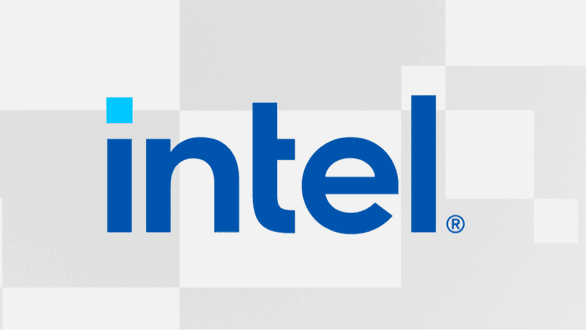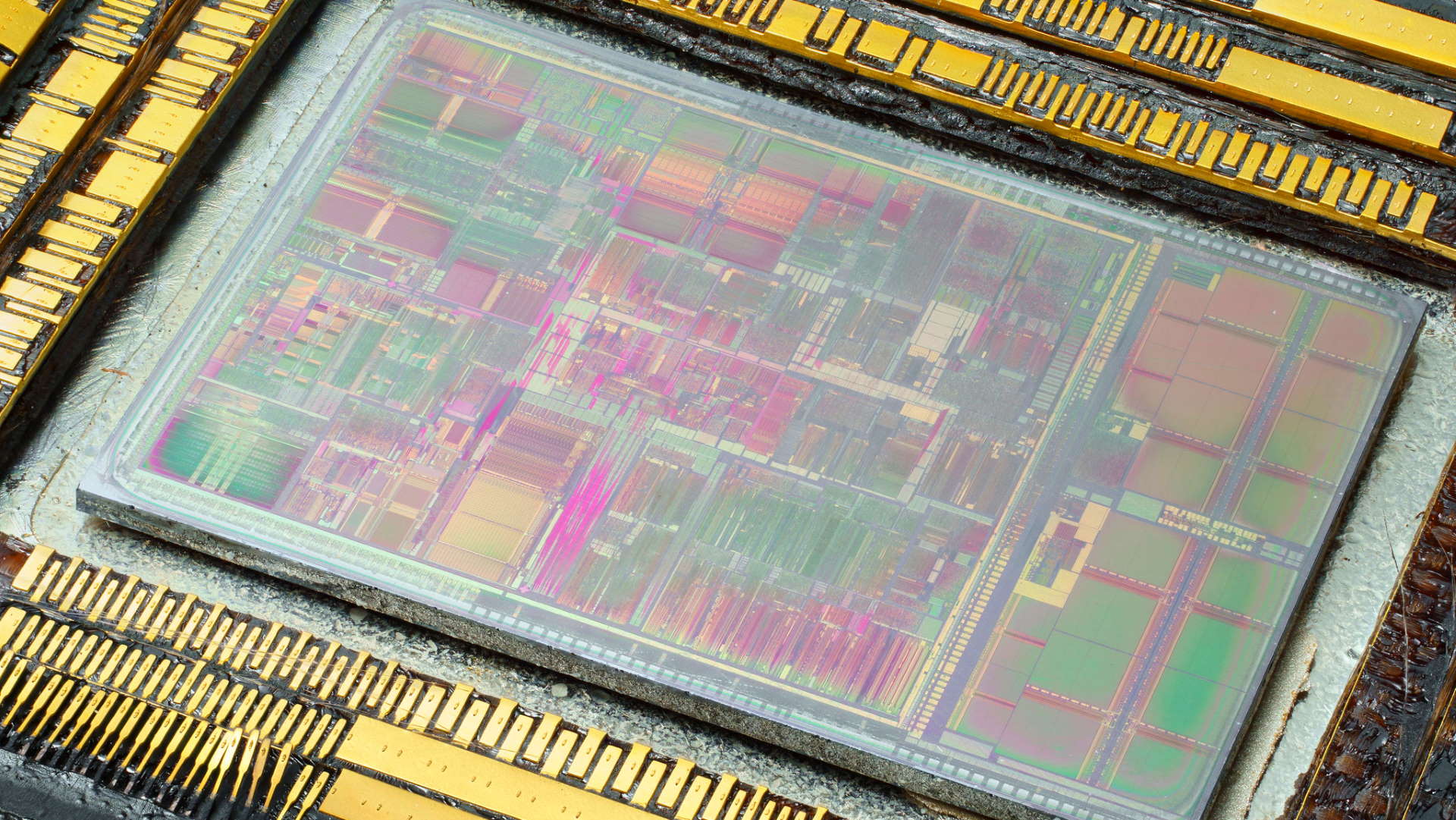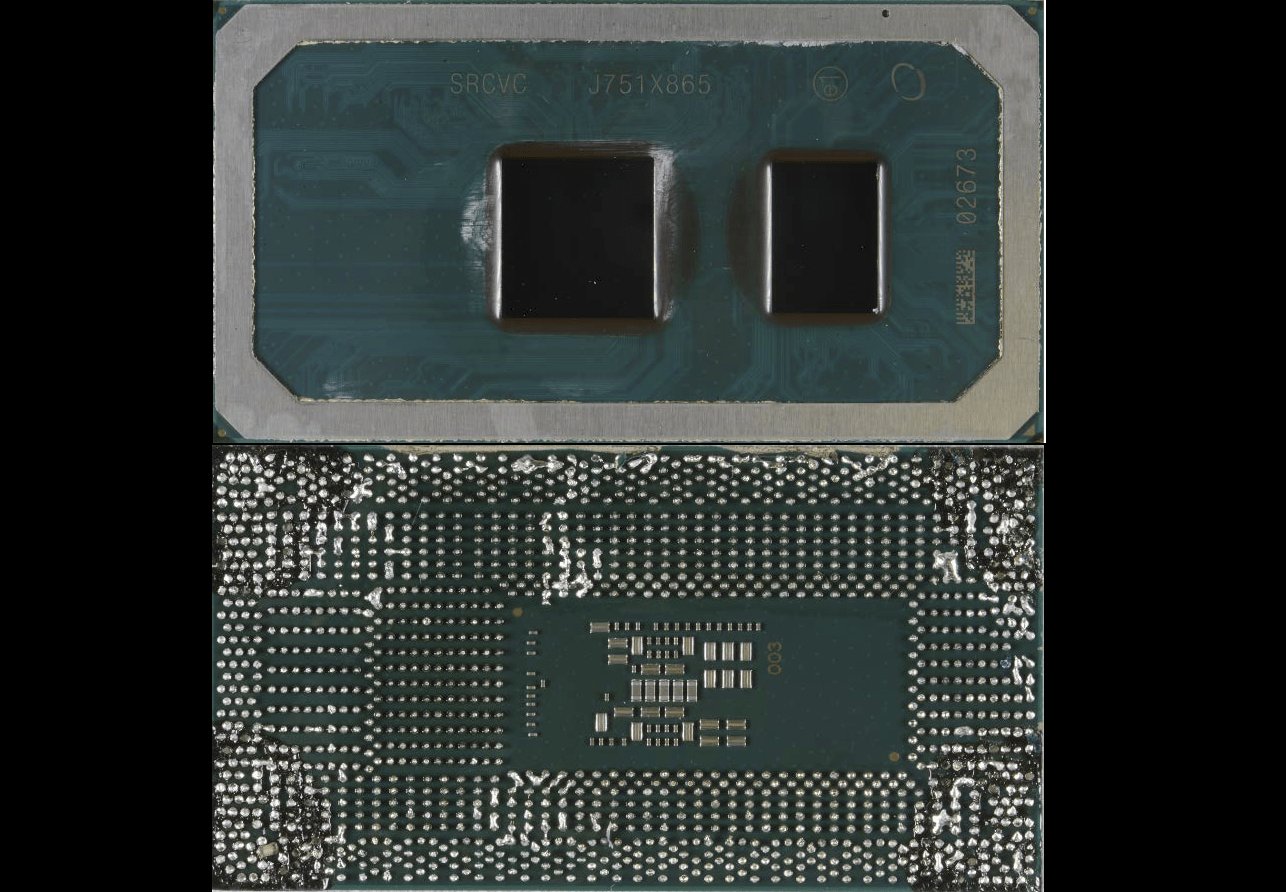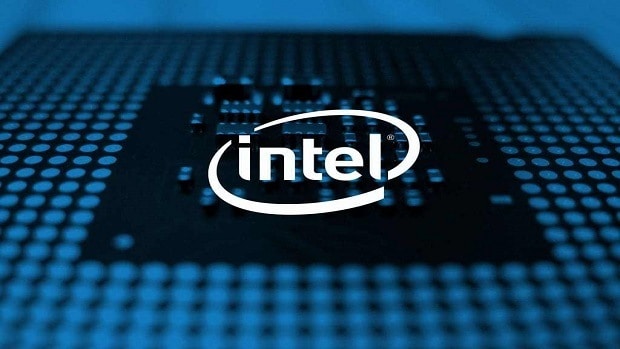- Joined
- Mar 10, 2010
- Messages
- 11,880 (2.13/day)
- Location
- Manchester uk
| System Name | RyzenGtEvo/ Asus strix scar II |
|---|---|
| Processor | Amd R5 5900X/ Intel 8750H |
| Motherboard | Crosshair hero8 impact/Asus |
| Cooling | 360EK extreme rad+ 360$EK slim all push, cpu ek suprim Gpu full cover all EK |
| Memory | Gskill Trident Z 3900cas18 32Gb in four sticks./16Gb/16GB |
| Video Card(s) | Asus tuf RX7900XT /Rtx 2060 |
| Storage | Silicon power 2TB nvme/8Tb external/1Tb samsung Evo nvme 2Tb sata ssd/1Tb nvme |
| Display(s) | Samsung UAE28"850R 4k freesync.dell shiter |
| Case | Lianli 011 dynamic/strix scar2 |
| Audio Device(s) | Xfi creative 7.1 on board ,Yamaha dts av setup, corsair void pro headset |
| Power Supply | corsair 1200Hxi/Asus stock |
| Mouse | Roccat Kova/ Logitech G wireless |
| Keyboard | Roccat Aimo 120 |
| VR HMD | Oculus rift |
| Software | Win 10 Pro |
| Benchmark Scores | laptop Timespy 6506 |
I think they're burying their own greatness in nonsense, given some time they are making themselves irrelevant, in that for years now they say so and so will be shipped on mass by a date that crept ever backwards crashing into what comes after to the point that now it's starting to feel like a waste of time listening.You misunderstood the person you were replying to, he didn't say "AMD 5nm+" to mean that it was AMD's own personal, in-house, 5nm+ node.... He just meant that AMD will be on that node by 2022.
I agree totally, it's especially confusing when they have one name for the chipset/platform and another for the CPU generation, for example, how "Sapphire Rapids" CPU micro architecture will be on the "Eagle Stream" platform which will be followed by "Granite Rapids" and preceeded by "Tiger lake" who had an additional successor to "Sapphire Rapids" called "Alder lake"...... Then there are the "non-lakes" like "Basin Falls" which i think was the name for the 7000 series HEDT CPUs, e.g. I9-7980xe
They have way too many different lines and slight deviations that may or just as likely not turn up to actually buy, that I don't now care what they say they will do.
I only care what they're selling now and have actually done.
They couldn't succefully hype me up about anything they do.
They could say they had a quantum processor that does 4x what any CPU and GPU combo can do and some, and I literally wouldn't care, shame they used to excite, now though
 tut.
tut.

 Pretty amazing stuff they have set up, experiments of the tech working etc.
Pretty amazing stuff they have set up, experiments of the tech working etc.












